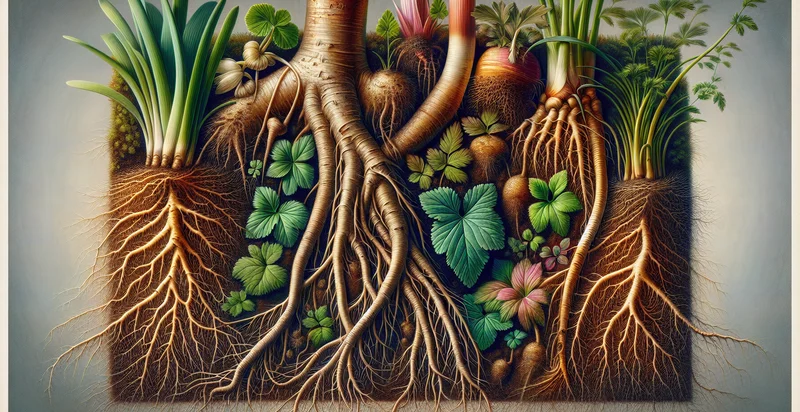Identify plant root types
using AI
Below is a free classifier to identify plant root types. Just upload your image, and our AI will predict what type of plant root it has - in just seconds.

Contact us for API access
Or, use Nyckel to build highly-accurate custom classifiers in just minutes. No PhD required.
Get started
import nyckel
credentials = nyckel.Credentials("YOUR_CLIENT_ID", "YOUR_CLIENT_SECRET")
nyckel.invoke("plant-root-types", "your_image_url", credentials)
fetch('https://www.nyckel.com/v1/functions/plant-root-types/invoke', {
method: 'POST',
headers: {
'Authorization': 'Bearer ' + 'YOUR_BEARER_TOKEN',
'Content-Type': 'application/json',
},
body: JSON.stringify(
{"data": "your_image_url"}
)
})
.then(response => response.json())
.then(data => console.log(data));
curl -X POST \
-H "Content-Type: application/json" \
-H "Authorization: Bearer YOUR_BEARER_TOKEN" \
-d '{"data": "your_image_url"}' \
https://www.nyckel.com/v1/functions/plant-root-types/invoke
How this classifier works
To start, upload your image. Our AI tool will then predict what type of plant root it has.
This pretrained image model uses a Nyckel-created dataset and has 13 labels, including Adventitious, Bulbous, Corm, Deep Taproot, Fibrous, Fleshy, Hair-Like, Lateral, Rhizome and Shallow Taproot.
We'll also show a confidence score (the higher the number, the more confident the AI model is around what type of plant root it has).
Whether you're just curious or building plant root types detection into your application, we hope our classifier proves helpful.
Related Classifiers
Need to identify plant root types at scale?
Get API or Zapier access to this classifier for free. It's perfect for:
- Agricultural Crop Management: The plant root types identifier can assist farmers in understanding the root systems of various crops. By identifying root types, farmers can optimize soil management practices to enhance crop growth and yield.
- Soil Health Assessment: This function can aid researchers and agronomists in assessing soil health based on the root types of plants present. Different root types impact soil structure and nutrient cycling, which is essential for sustainable agriculture.
- Environmental Conservation: Conservationists can use this tool to identify native plant species and their root types, which are crucial for soil stabilization. By promoting the growth of plants with specific root types, they can combat soil erosion and restore degraded land.
- Urban Landscaping: Landscape architects can utilize the plant root types identifier to select appropriate plants for urban environments. By understanding how different root systems interact with urban soil conditions, they can create more sustainable and resilient landscapes.
- Pest and Disease Management: Agricultural extension services can implement this function to analyze the relationship between root types and susceptibility to pests or diseases. This information can inform targeted interventions to protect crops and improve agricultural productivity.
- Botanical Research: Botanists and ecologists can leverage the identifier to classify and study plant root types in various ecosystems. This can provide insights into plant adaptation and biodiversity, aiding in conservation efforts.
- Precision Agriculture: Incorporating the plant root types identifier into precision agriculture technologies can enhance farm management systems. By tailoring irrigation, fertilization, and cultivation practices to specific root structures, farmers can increase efficiency and reduce resource waste.


